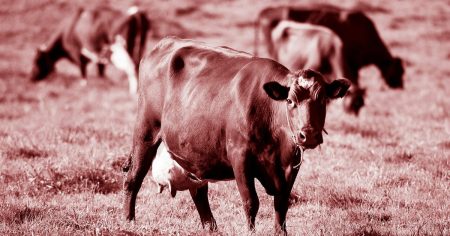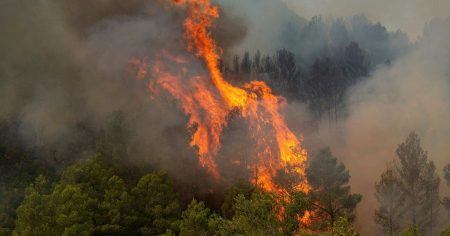Longyearbyen, the northernmost town in the world, nestled within the Svalbard archipelago, stands as a stark symbol of the unfolding climate crisis. The Arctic region is experiencing warming at a rate twice the global average, and Svalbard, situated deep within this vulnerable zone, is at the very forefront of this alarming trend. This accelerated warming is not merely an abstract scientific concept; it is a tangible, visceral reality for the residents of Longyearbyen, reshaping their lives, their landscape, and their future. The very foundations of their existence, the permafrost upon which their homes are built, the ice that connects their communities, and the wildlife that defines their ecosystem, are all undergoing a rapid and dramatic transformation. This transformative process, driven by the unrelenting rise in global temperatures, presents an unprecedented challenge to the resilience of both the natural world and the human community that calls this unique environment home.
The impacts of this accelerated warming are multifaceted and deeply intertwined. The most visible change is the dramatic reduction in sea ice. The Arctic Ocean, once a vast expanse of frozen white, is now shrinking at an alarming rate, impacting the entire ecosystem that relies on it. For iconic Arctic species like polar bears, seals, and walruses, the loss of sea ice represents the loss of their hunting grounds, their breeding grounds, and ultimately, their survival. Kit Kovac, an expert on these Arctic mammals, describes the situation as a tragedy, witnessing firsthand the struggles of these magnificent creatures as they adapt to a rapidly changing world. The thinning ice not only disrupts their traditional hunting patterns but also forces them to swim longer distances, expending precious energy in the search for increasingly scarce prey. This struggle for survival ripples through the entire food web, impacting the delicate balance of the Arctic ecosystem.
The changing climate also poses significant challenges for the human inhabitants of Longyearbyen. The thawing permafrost, the once-solid ground beneath their feet, is becoming increasingly unstable, threatening the structural integrity of buildings and infrastructure. Landslides, once rare occurrences, are becoming more frequent, posing a direct threat to the safety and security of the community. The warmer temperatures also bring increased rainfall, an unusual phenomenon in this traditionally dry Arctic environment. The rain, combined with the thawing permafrost, creates a treacherous landscape, increasing the risk of flooding and further destabilizing the ground. These physical changes to the environment present a constant and evolving challenge to the resilience and adaptability of the Longyearbyen community.
The longing for snow expressed by Emelie Fjellbo, a teacher in Longyearbyen, highlights another significant impact of the changing climate. The traditional snow-covered winters, a defining feature of the Arctic landscape, are becoming shorter and less predictable. The lack of snow not only disrupts traditional activities like snowmobiling and dog sledding, which are integral to the local culture and economy, but also has a profound psychological impact on the residents. The snow, a symbol of the Arctic winter, represents a connection to their heritage and a sense of normalcy. Its absence serves as a constant reminder of the dramatic changes underway, creating a sense of unease and uncertainty about the future.
The concerns expressed by Terje Aunevik, a political leader in Longyearbyen, extend beyond the immediate environmental challenges. The changing geopolitical landscape, influenced by the melting Arctic ice and the opening of new shipping routes, adds another layer of complexity to the situation. The increased presence of other nations, particularly Russia, in the Arctic region raises concerns about resource competition, territorial disputes, and the potential for conflict. The vulnerability of Longyearbyen, situated in this strategically important region, becomes increasingly apparent as the global power dynamics shift in response to the changing Arctic environment. This geopolitical dimension adds a further layer of uncertainty to the future of Longyearbyen, highlighting the interconnectedness of climate change, resource security, and international relations.
In conclusion, Longyearbyen stands as a microcosm of the global climate crisis, experiencing the impacts of warming at an accelerated rate. The melting sea ice, thawing permafrost, increased rainfall, and shorter winters are not just abstract environmental changes; they are tangible threats to the very fabric of life in this unique community. From the struggling wildlife to the destabilizing infrastructure, the changing climate is reshaping the landscape and challenging the resilience of both the natural world and the human population. The concerns expressed by residents, from the longing for snow to the anxieties surrounding geopolitical instability, reflect the profound and multifaceted challenges facing Longyearbyen as it navigates an uncertain future in a rapidly changing world. The story of Longyearbyen serves as a stark reminder of the urgency of addressing the global climate crisis, not just for the sake of this remote Arctic community, but for the future of the entire planet.














